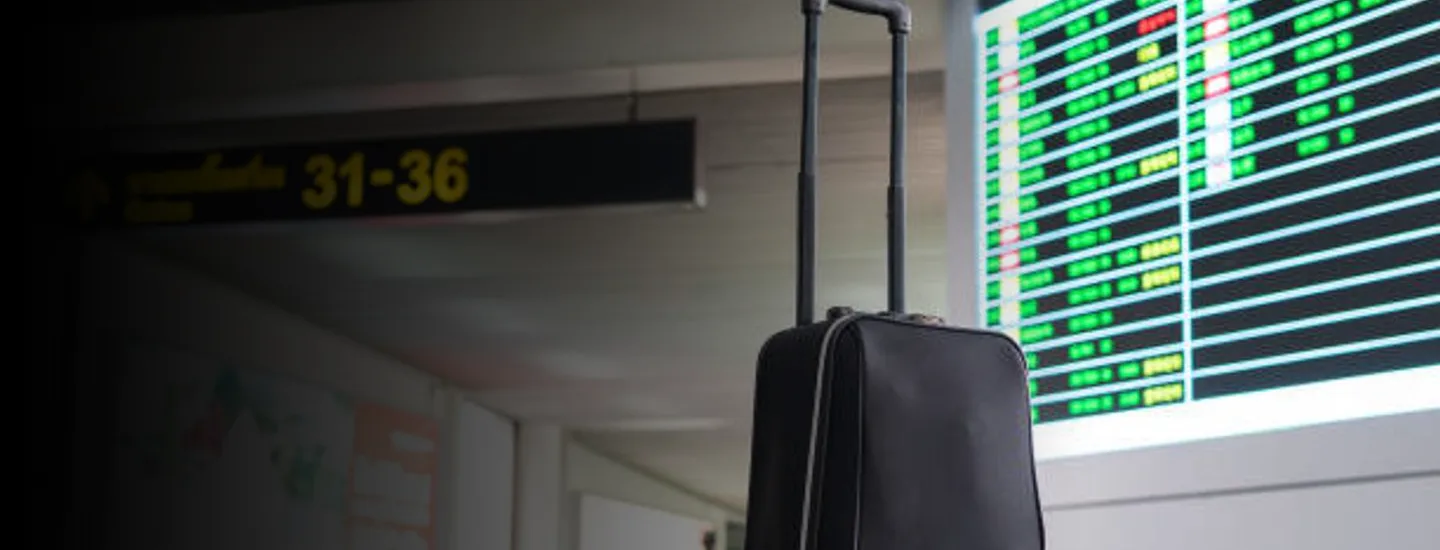The tourism industry is no stranger to a crisis. In recent years, the industry has faced terrorist attacks, political upheaval and, of course, the ongoing pandemic. The industry has, and always will, need to be prepared to operate in a state of uncertainty.
Whereas terrorism and political crises have generally been localised events, COVID-19 and climate change are illustrating how modern crises are increasingly being felt across the globe. Faced with such crises, companies in the tourism industry will need to focus not just on ‘restarting’ their operations after the lockdown but also using the emergence as an opportunity to ‘reset’ their organisations to be more resilient to an environment of constant crises.
What does this ‘reset’ mean in practice, though? In this two-part article, we explore four key actions that organisations can take to become more resilient, based on a number of our conversations with C-suite executives across the European travel sector.
How does a crisis impact the tourism industry?
The 2015 Islamic State terrorist attack on 38 foreign tourists in Sousse, Tunisia, had a devastating impact on the region’s tourism industry. Foreign tour operators immediately suspended operations and by the following year 100 hotels had closed and tourist revenues were down by 35 per cent.[1] Two years after the attack, the industry was still feeling the effects, with British tourist arrivals standing at 20,000, down from 400,000 in the year before the attack.
Fast forward six years and the tourism industry is in the midst of another crisis. The pandemic has impacted tourism in a way never seen before. In the peak of the UK lockdown, monthly air passenger arrivals to the UK fell from over 6.8 million in February 2020 to just over 100,000 in April 2020, a 98.3 per cent fall. According to a survey carried out by VisitEngland, the Greater London region saw only 20% of rooms occupied in July 2020, compared with 90% the previous year.
These crises not only affect the top line, but also have lasting impacts on the bottom line. In response to such extreme events, companies have raised a staggering amount of debt just to stay afloat. As presented in Figure 1 below, the airline industry alone saw a $220 billion increase in debt in 2020. This is likely to have major ramifications for the industry’s ability to recover from the pandemic, as there may be limited free cash flow to invest in fleet or product improvements.[2]

How can companies reset for resilience?
1. Establish a cash culture
Faced with such an uncertain operating environment and ballooning interest costs, the tourism industry will first need to ensure that cash preservation becomes more than just a day-one issue. Most organisations in the industry have been forced to take drastic steps to cut costs and raise cash, but in an environment where crises are becoming more prevalent, this focus on cash needs to persist.
Short term actions like optimising receivables and payables should be normalised and discretionary spending cut to a minimum. Organisations should ensure that scenario planning is engrained in the organisation and downside scenarios are not just identified but also addressed with detailed contingency plans. Alongside the quick working capital improvements and scenario planning, each item of a firm’s cost base should be examined, benchmarked against peers and opportunities to reduce costs identified.
2. Customer centricity
However, establishing a cash culture should not come at the expense of the customer experience. The pandemic has been a collective ordeal, with businesses and customers going through numerous lockdowns and restrictions together. This will afford companies some leniency as they emerge from virtual hibernation, however this leniency won’t last long. As our EMEA Leader of Travel, Hospitality, Restaurants & Leisure recently commented, long waiting times, neglected hotel rooms and generally clunky operations won’t be a significant problem on its own, but combined may make wary business travellers soon return to video calls.
How then should organisations reset to better serve their customers? The first task will be a more granular segmentation of their customer base. This will involve not just segmenting customers into broad categories such as business or leisure, but also using social analytics tools to develop deeper insights so organisations can develop more efficient marketing and discounting strategies. Developing a more detailed picture of each customer will allow businesses to improve the customer experience and also strengthen customer loyalty. Organisations should look to firms such as Spotify and Amazon as best in class in this regard.
Another way to improve customer experience (which will result in more resilient demand) is to ensure that customer-facing staff are prepared for reopening. Simply expecting staff to return and adapt to all these new challenges is not realistic. Many have been on furlough for months and have seen many of their colleagues and friends leave the industry. Organisations should be cognisant of the many changes staff will face when they return and should keep a close eye on their health and wellbeing. This, combined with training on the new expectations for health and safety measures, for example, will ensure that staff are reinvigorated and prepared to provide the best possible experience for customers.
In the second part of this article, we will discuss how data-driven decision making and a persistent intent to innovate can provide both analytical and creative opportunities to build a competitive edge in the new normal.



